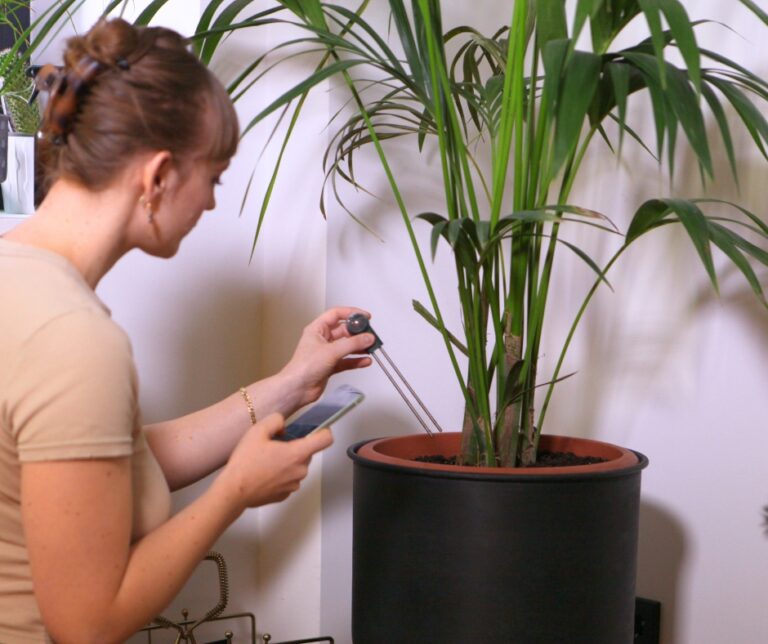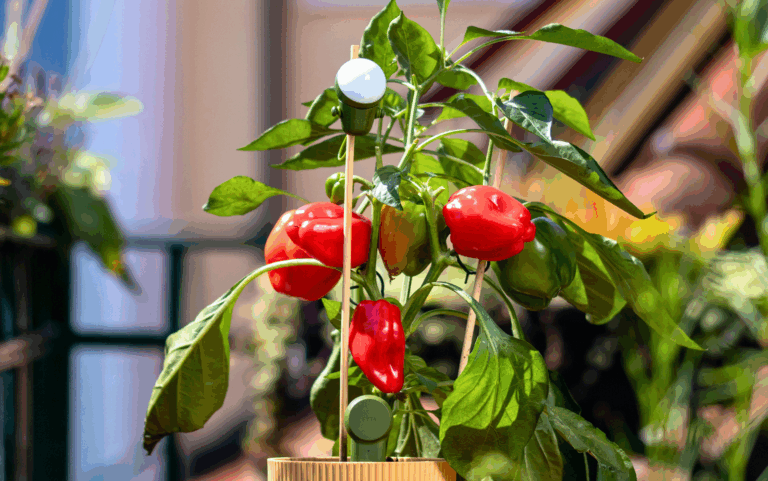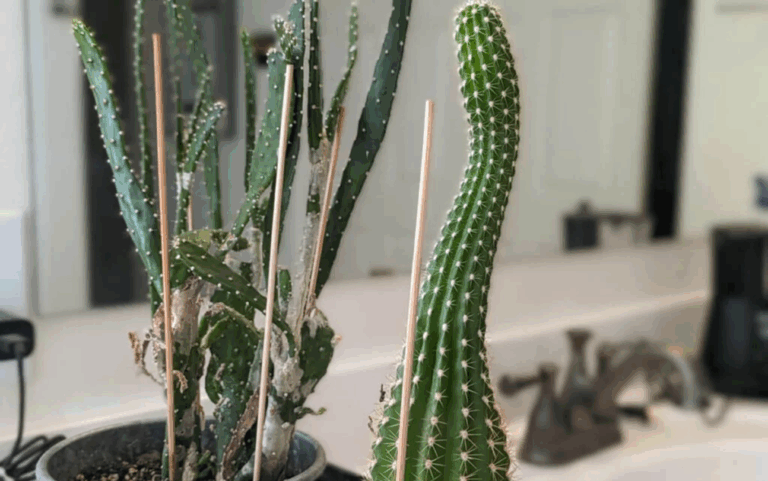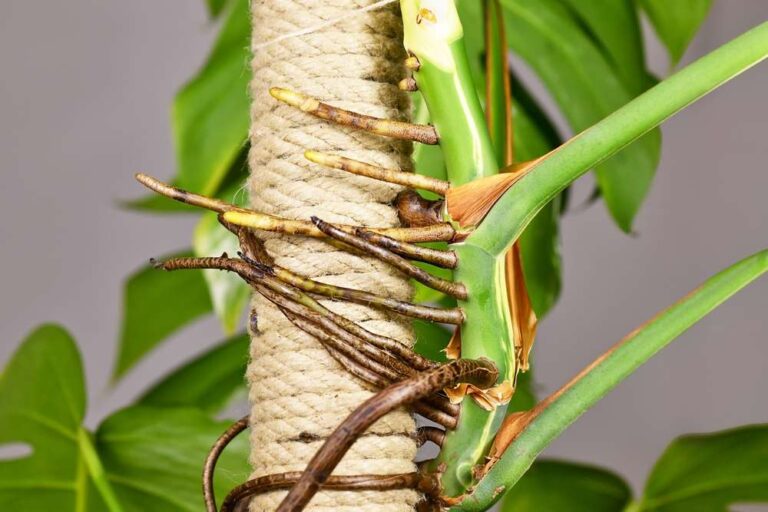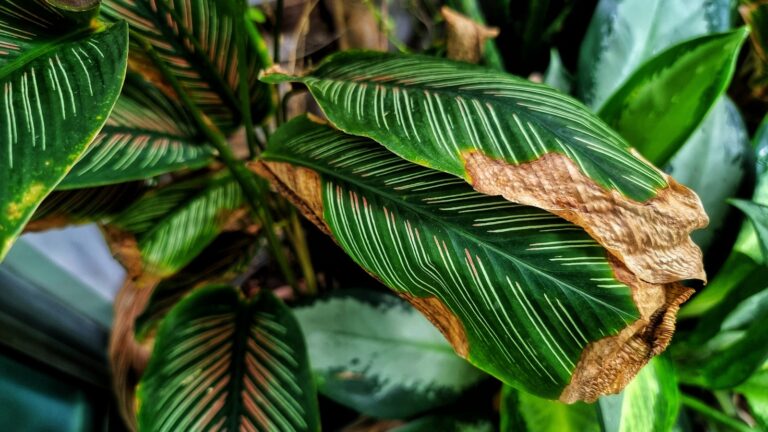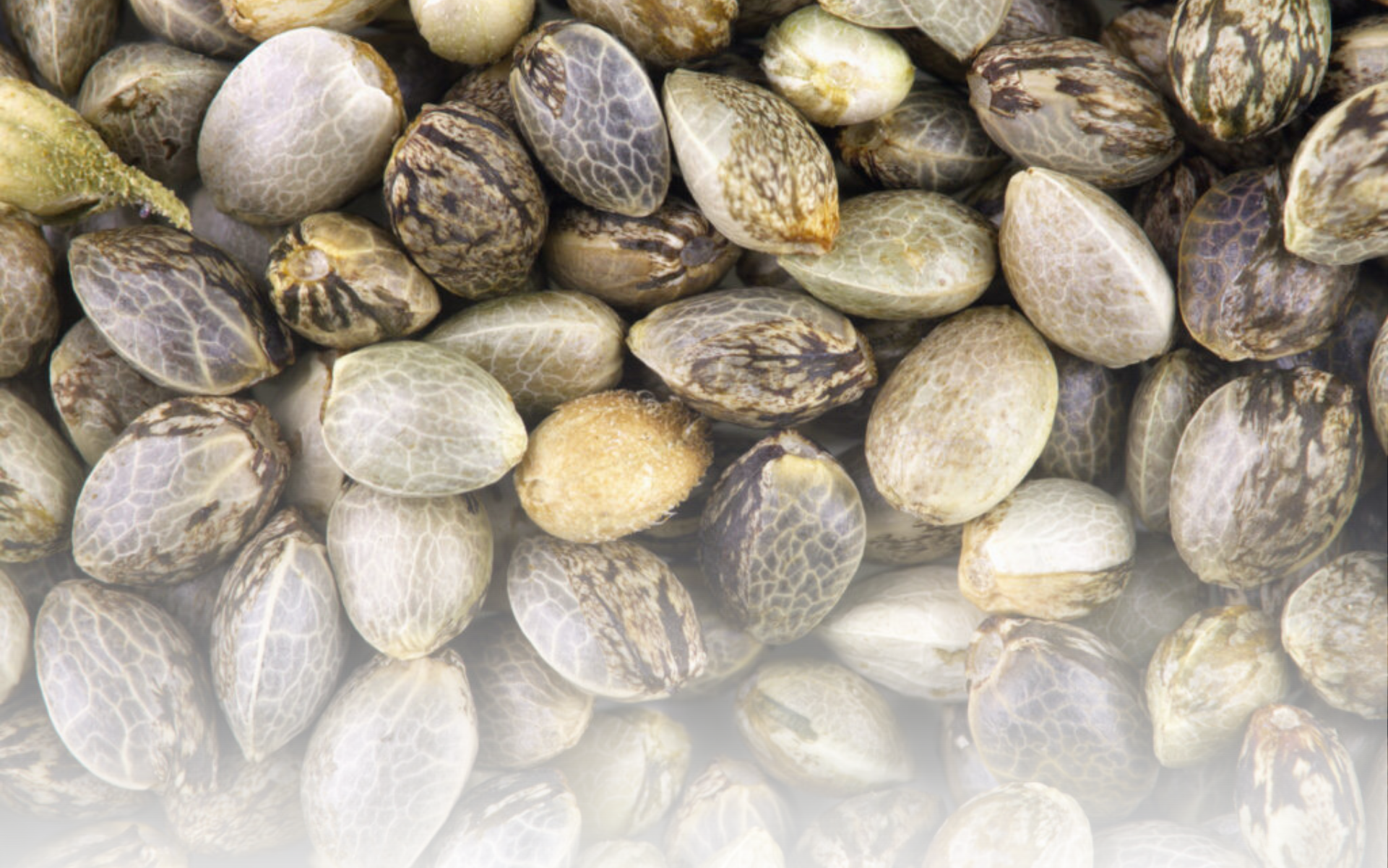
One of the propagation methods for Cannabis is through seeds. This is because Cannabis is a dioecious species, which means they have separate male and female organs for sexual reproduction. Typically, these are found on different plants, but there can also be hermaphroditic plants, which have both types of flowers (male and female) on the same plant. Female flowers produce seeds when pollinated. This article will focus on the various types of seeds available in the market: regular seeds, feminized seeds, hybrids, fast flowering seeds, S1 seeds, and F1 seeds. So, let’s start by the beginning.
Regular seeds
As previously mentioned, Cannabis is a dioecious plant with distinct male and female plants. Regular seeds can yield either a male or female plant, and in some cases, both types of flowers (hermaphrodite) on the same plant. These seeds are predominantly purchased by cannabis enthusiasts and breeders. If you have gained some experience growing cannabis and wish to embark on your own breeding journey to create unique cannabis strains, regular seeds provide the opportunity to experiment and cross-pollinate different varieties. If you choose to grow regular seeds, it’s important to check daily for male plants, which should be removed to prevent pollination, unless you are looking for them to start your breeding journey.
Photoperiodic seeds
Photoperiodic seeds produce plants that require a change in their light schedule to initiate blooming. Plants from photoperiodic seeds need more than 12 hours of light during their vegetative stage, with the most popular schedule being 16/8. This means the plant receives 16 hours of light and the remaining 8 hours in darkness. However, growers may also use a 20/4 schedule or different combinations during the vegetative stage. As long as the plant receives more than 12 hours of light, it will remain in its vegetative stage. To induce blooming, you need to change the light schedule to 12/12. Your plant will recognize this change and enter the flowering stage. If you’re growing outdoors, note that this natural light change occurs around September, in the northern hemisphere, and in March in the southern hemisphere, this is known as the Autumn equinox. Keep this in mind when purchasing photoperiodic seeds for outdoor cultivation, as it can greatly influence your growing schedule and yield.
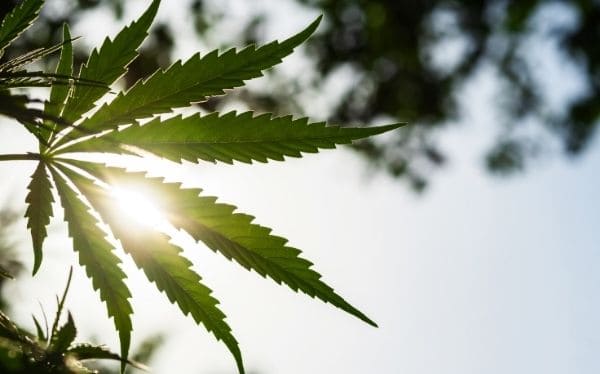
Autoflowering Seeds
If you’re familiar with the topic of autoflowering and photoperiodic cannabis, you should already know about Cannabis ruderalis, the Siberian variety of cannabis. Originating in cold regions like Poland and Russia, Cannabis ruderalis is a species that adapts to climates where it gets cold very early, often before the day naturally transitions to a 12/12 day and night cycle. This environment is perfect for cannabis plants that do not rely on light schedules to bloom, and also have generally shorter life cycles, a trait that growers find advantageous.
In the early 1970s, growers and breeders began crossbreeding their photoperiodic seeds (C. indica and C. sativa) with ruderalis varieties, it was not easy, but this allowed the growers to maintain the high yields, potency, and flavor of their favorite varieties, but with the light schedule independency of autoflowering. Autoflowering cannabis has become increasingly popular among growers, especially beginners, because they don’t depend on light cycles to bloom. Moreover, they offer a quick harvest period of 8 to 12 weeks from sowing, allowing multiple harvests in a single year.
Feminized seeds
Now, we already understand regular seeds, autoflowering seeds, and photoperiodic seeds, but what exactly are feminized seeds?
As the name suggests, feminized seeds are bred with a high probability (approximately 99%) of developing into female plants. A common issue for users is that, occasionally, growers and shops label photoperiodic seeds as feminized seeds. While not incorrect, this can create confusion when purchasing, especially with autoflowering seeds, which also come in feminized and regular varieties.
Feminized seeds have revolutionized cannabis cultivation for recreational purposes. In the 70s and 80s, growers had to separate male from female plants to prevent pollination. Today, feminized seeds have simplified the growing process by ensuring a crop of exclusively female plants when needed.
Feminized seeds are produced via selective breeding, choosing strains that have a high probability of producing female plants. However, the most common method to produce feminized seeds involves using a colloidal silver solution. This solution causes the plant to produce both pollen sacs and male flowers, enabling the plant to self-pollinate and produce feminized seeds. This process also results in what are known as S1 seeds, which stands for “First selfed generation”, thus creating a feminized seed. Other means of producing feminized seeds include the use of plant hormones such as gibberellins that promote the appearance of male flowers on a female plant.
It’s important to note that breeding companies invest considerable effort into genetics and cross-breeding species to achieve high-probability feminized seeds before launching to the market. Crossbreeding leads us to our next type of seed: the F1.
F1 seeds
F1, standing for “first filial generation,” refers to the first generation offspring derived from two distinct, pure inbred parent lines. When plants from the F1 generation are used as parents, the resulting offspring are termed as F2, and so forth. You’ll frequently come across F1 seeds in the market, indicating that two pure inbred lines have been used as parents. The result is a robust F1 generation with strong plants and excellent yields, a direct consequence of utilizing pure inbred lines, leading to less variability in desired traits.
As cannabis growers, there are various traits or characteristics you’ll want to preserve. These could range from the plant’s aroma, THC or CBD content, height, the pace of the flowering cycle, resistance to pests, and even the plant’s “bushiness.” With these myriad traits to consider when cultivating cannabis, the significance of F1 seeds becomes apparent.
Professional breeders seek stable parent lines that yield well, have appealing aromas, and contain specific cannabinoid contents. They then delve deeper into filial generations in search of a stable genetic line to use as a parent line. This is why most cannabis plants in today’s market are hybrids. The use of F1 seeds and the process of selective breeding are critical aspects of modern cannabis cultivation, underscoring the science and strategy behind creating the most potent and desirable strains.
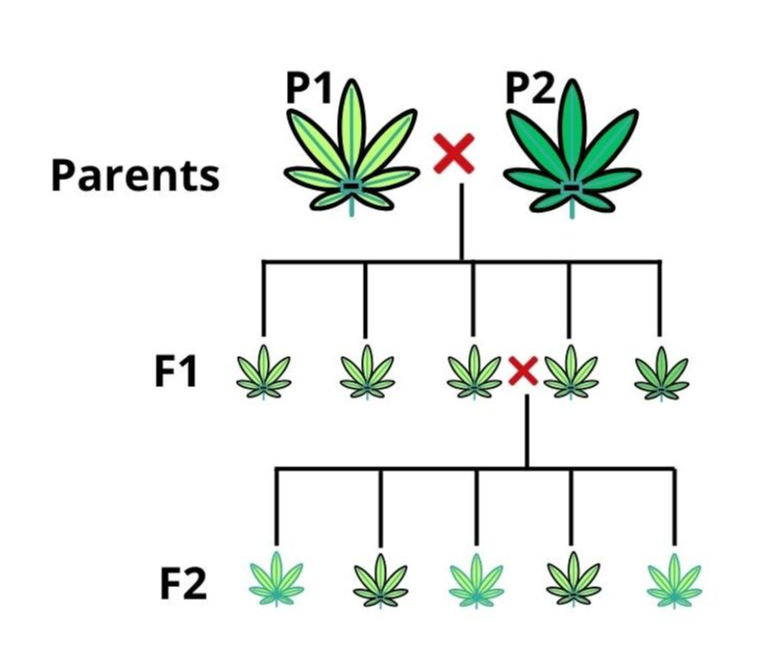
F1 Fast Version Seeds
You may have come across F1 Fast Version seeds. Despite the name, these seeds still produce photoperiodic plants. However, as the name suggests, these plants are ready for harvest 1 or 2 weeks earlier than their standard photoperiodic counterparts. This accelerated growth is the result of crossbreeding a pure inbred photoperiodic line with an autoflowering parent, creating a photoperiodic strain with a faster flowering cycle due to the inherited quick blooming trait from the autoflowering genetics.
The significance of breeding becomes evident here. The photoperiodic characteristics of F1 Fast Version seeds have several advantages over autoflowering ones. For instance, you can create clones or take cuttings of a desired plant. Furthermore, F1 Fast Version seeds are highly beneficial for guerrilla gardening due to their expedited flowering time and robust nature, inherent to the F1 generation.
S1 seeds
S1 seeds are often referred to as “self-generated” seeds, but what does this term truly mean? As you already know, Cannabis plants are primarily dioecious, meaning the species has separate male and female plants. S1 seeds are produced when a plant self-pollinates. This self-pollination process is triggered by stressing the plant using a colloidal silver solution or Silver thiosulfate (STS), which induces a female plant to develop male flowers. The pollen from these male flowers is then used to self-pollinate the plant. Hence, the term “self-generated seeds.” This process is also referred to as “reversing” or “selfing,” and it’s an effective method for breeders to produce seeds with a high probability of being female, as well as to preserve the desirable traits of a specific plant to cross later wiht other male species.

Backcross (BX)
When you come across the term ‘Backcross’ or ‘BX,’ it refers to the practice of crossing an offspring (F1) back with one of the parent strains. This technique is used to enhance stability and refine certain traits within a cannabis strain.
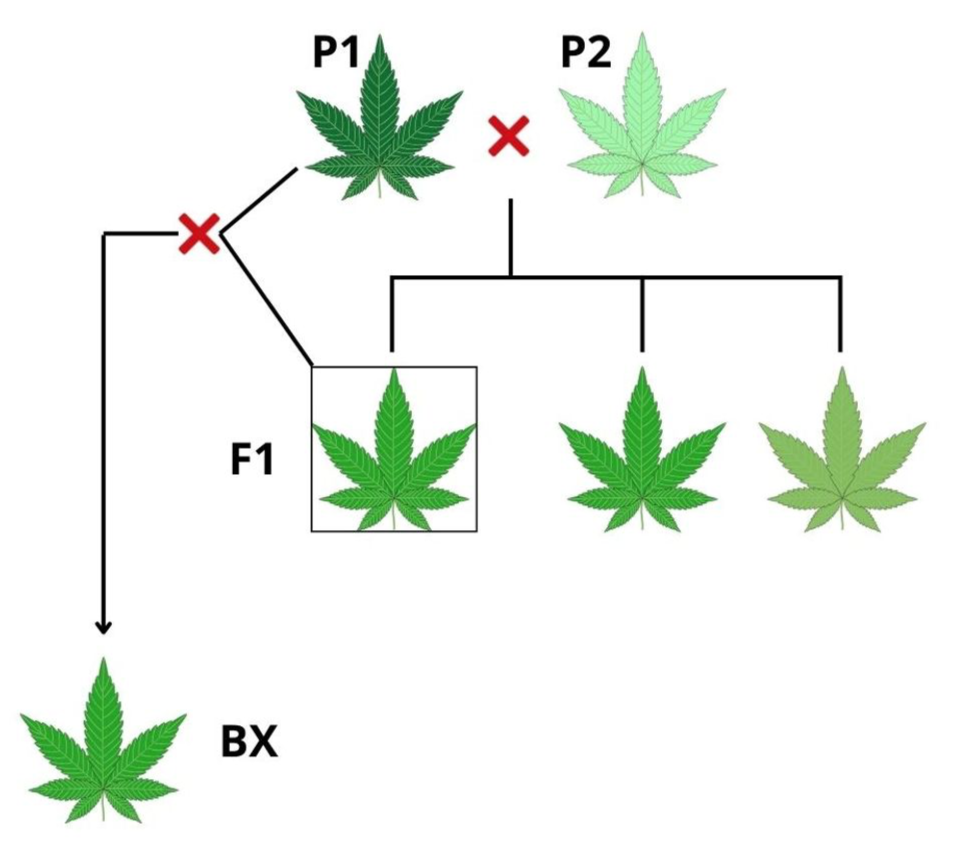
Inbred Line (IBL) in Cannabis Breeding
Enhancing our understanding of breeding and genetics in the cannabis world, we introduce the concept of an Inbred Line (IBL). When parent plants are crossbred, they yield what is known as the F1, or first filial, generation. However, to cement specific traits within the lineage, breeders continue to select and cross plants through successive generations, at least up to the F5 (F1, F2, F3…F5). The goal here is to replicate the parent plants’ desirable traits in each subsequent filial generation. It’s worth noting that some filial generations may not demonstrate complete stability, occasionally exhibiting traits that aren’t desired.
Upon achieving a stable inbred line, it signifies the successful stabilization of a new line via inbreeding. If the stable line exhibits desired characteristics, it can then be utilized as a parent strain. The creation of an Inbred Line (IBL) is a pivotal component in the development of new, dependable cannabis strains that consistently express desirable traits.

Use the FYTA Beam as your personal plant assistant – for big buds that exceed all expectations!


